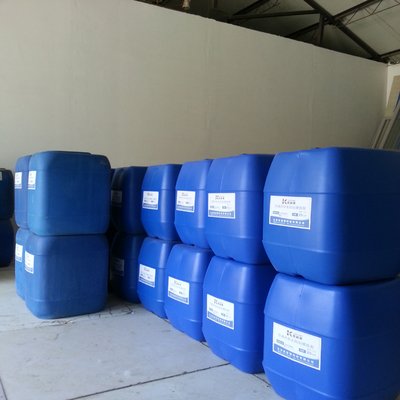how is nitric acid manufactured?
Overview of Nitric Acid Nitric acid (HNO3) is a strong mineral acid with numerous industrial applications. This clear, colorless liquid is known for its corrosive properties and pungent smell. It’s used extensively in manufacturing processes, particularly in agriculture and industrial chemistry. With its ability to produce nitrate compounds, nitric acid is a cornerstone in creating…

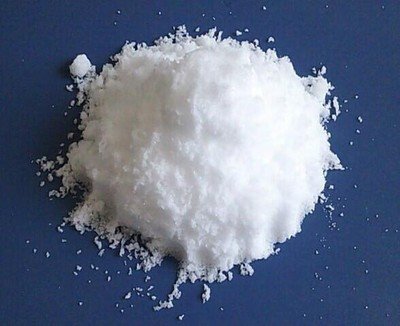
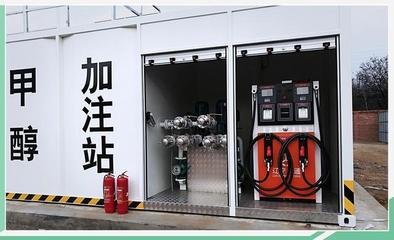

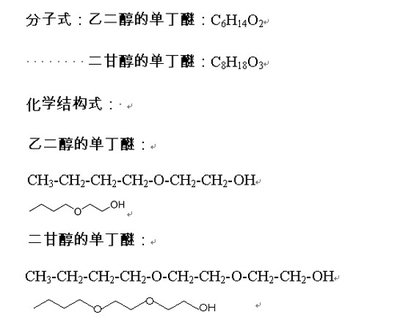

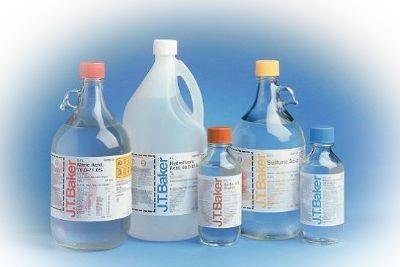
.jpg)
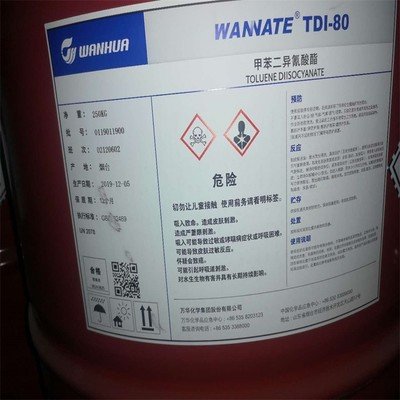

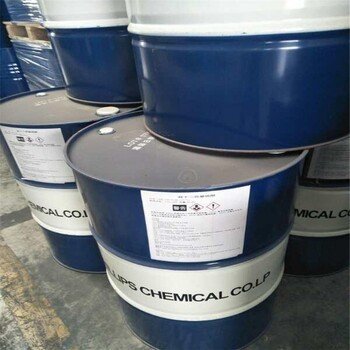
-2-768x480.webp)
